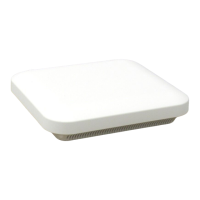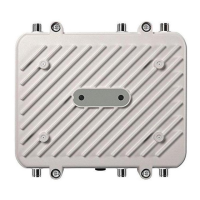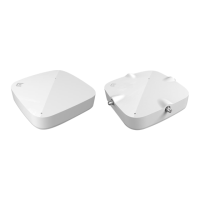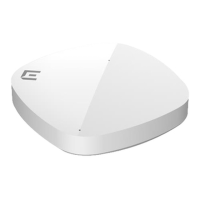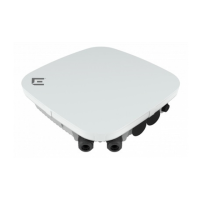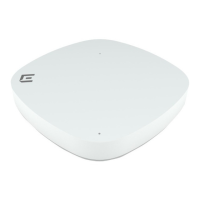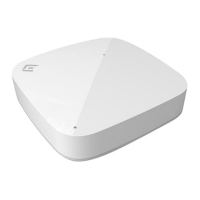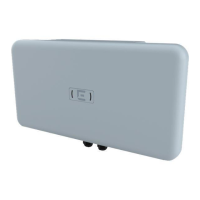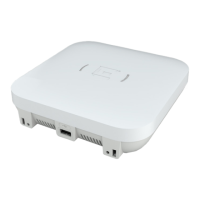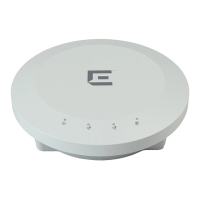Regulatory Information
AP-7622 Access Point Installation Guide 25
recommended ambient temperature greater than 50 degrees C. Use of alternative power
supply will invalidate any approvals given to this unit and may be dangerous.
The product is to be connected to PoE networks without routing to the outside plant.
Radio Frequency Interference Requirements—FCC
This equipment has been tested and found to comply with the limits for a Class B digital
device, pursuant to Part 15 of the FCC rules. These limits are designed to provide reasonable
protection against harmful interference in a residential installation. This equipment
generates, uses and can radiate radio frequency energy and, if not installed and used in
accordance with the instructions, may cause harmful interference to radio communications.
However there is no guarantee that interference will not occur in a particular installation. If
this equipment does cause harmful interference to radio or television reception, which can
be determined by turning the equipment off and on, the user is encouraged to try to
correct the interference by one or more of the following measures:
• Reorient or relocate the receiving antenna
• Increase the separation between the equipment and receiver
• Connect the equipment into an outlet on a circuit different from that to which the
receiver is connected
• Consult the dealer or an experienced radio/TV technician for help.
Radio Transmitters (Part 15)
This device complies with Part 15 of the FCC Rules. Operation is subject to the following
two conditions: (1) this device may not cause harmful interference, and (2) this device must
accept any interference received, including interference that may cause undesired
operation.
The equipment shall be subject to professional engineering personnel to install and
configure, it just can be used, and may not be sold directly to the general consumer.
Based on 20cm separation distance to assess the amount of electromagnetic
exposure(MPE).
MPE limit 1mW/cm; Test result is 0.39207 mW/cm
When using this device, it is recommended to have a separation distance of 20 cm.
This transmitter must not be co-located or operating in conjunction with any other antenna
or transmitter.
Radio Frequency Interference Requirements - Canada
CAN ICES-3 (B)/NMB-3(B)
Radio Transmitters
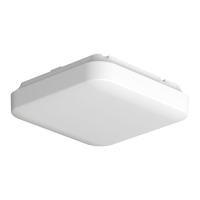
